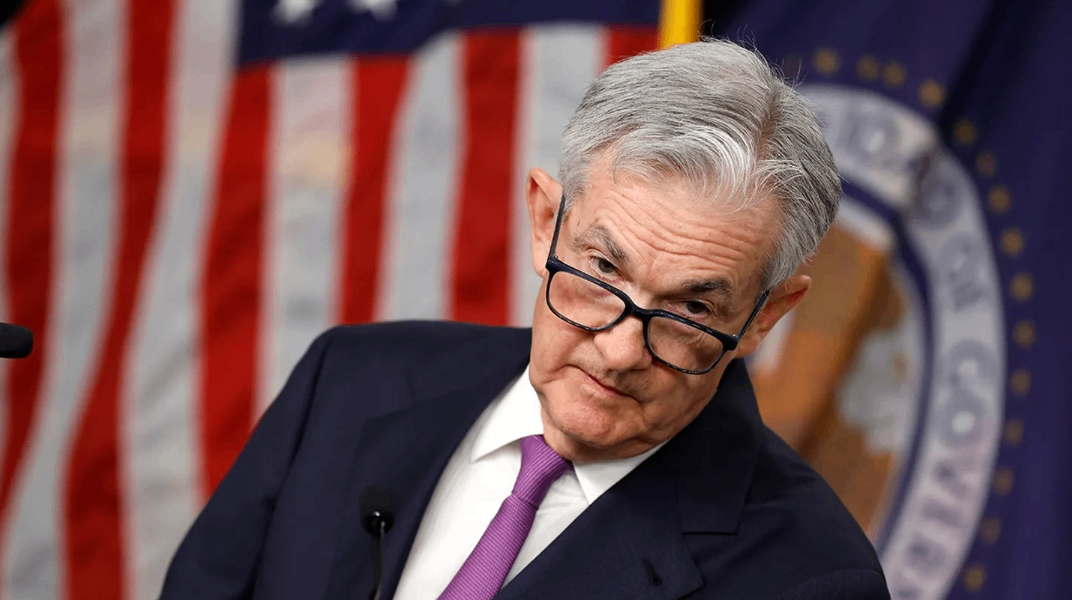Fed's November interest rate decision outlook: continue to pause rate hikes, policy window or enter observation period
This may also suggest that the Fed can start from the policy operation period, officially enter the policy observation period, slowly reduce its intervention in the money market, and better play the role of camera decision-making, let it play.。
On November 1, local time, the Federal Reserve is about to announce its latest interest rate decision。At present, the market expects that the Fed may keep the federal funds rate unchanged for the first time in nearly two years in two consecutive rounds of interest rate decisions, which is a clear signal that the Fed is about to (or has) ended its rate hike cycle。
Even with the July pause in rate hikes, U.S. bond rates are still rising.
If the Fed does suspend rate hikes at this meeting, it's fair to say that Powell and his colleagues are fully confident in making that decision。On the one hand, U.S. employment, consumer spending, and economic growth are strong, and the expected recession is not coming, and on the other hand, U.S. inflation, while still some way from the 2 percent target, has fallen sharply from a year ago.。Arguably, this combination of Fed punches down, neither stifling the economy's vitality nor keeping inflation down as much as possible。
The only thing that worries the market is the high yields on U.S. debt, which is a side effect of the Fed's aggressive rate hike cycle。Turbulent financial markets have effectively driven up long-term yields on U.S. Treasuries, causing stock prices to fall and raising corporate borrowing costs。For residents, higher interest rates on the long end of U.S. Treasuries will also have a significant impact, for example, the yield on the 10-year Treasury note will affect interest rates on credit cards, mortgages, and auto loans for U.S. residents;。
Although the Fed skipped rate hikes in July, the bank pushed its benchmark interest rate to a 22-year high。Following the cumulative and lagging effects of monetary policy, 10-year Treasury yields have continued to rise during this period and hit a 16-year high of 5 per cent last week;。
However, there are a number of Fed officials who are happy with the rise in long term rates, and in their eyes, these trends are likely to lead to an economic slowdown and, in the process, ease inflationary pressures, thereby reducing the burden of monetary policy intervention on the Fed。According to Wall Street economists, the sharp decline in U.S. stocks and rising bond yields have dampened the economy over the past few months to the extent that the Federal Reserve has raised interest rates by 3 to 4 basis points.。Powell has also said in response that tightening financial conditions is exactly what we want to achieve。
Inflation still changes may Powell's words will continue to be cautious
U.S. bond yields may be pushing up for a number of reasons。On the one hand, because the U.S. federal government is currently heavily indebted and enjoys a huge fiscal deficit。The market estimates that the U.S. government will still issue trillions of dollars of Treasuries in the coming years, so higher interest rates on Treasuries are needed to attract more buyers。On the other hand, the current situation, the Fed's future interest rate trend is relatively vague, the market is expected to maintain the policy rate at a "higher, longer" level, so that investors have the right to demand higher bond yields, to correspond to the greater risk of holding long-term bonds.。
However, it is important for the Fed that even the bank's failure to raise interest rates in July does not prevent 10-year Treasury yields from gradually moving higher in the near future - suggesting that in the current high interest rate environment, U.S. Treasury yields are likely to remain high even if the Fed keeps its benchmark interest rate unchanged, helping to curb economic growth and inflation。
This may also suggest that the Fed can start from the policy operation period, officially enter the policy observation period, slowly reduce its intervention in the money market, and better play the role of camera decision-making, let it play.。
Regarding the upcoming policy conference, although the current level of inflation in the United States has weakened significantly from a year ago, but the deceleration of inflation has begun to gradually slow down, and solid economic growth indicates that inflation is still at risk, so, at the press conference, Powell is not expected to give up on the interest rate hike action lightly。
It is likely that Powell will emphasize three points: first, the progress made by the Fed in curbing inflation;。
Currently, according to CME Fed Watch, Wall Street traders expect the Fed's chances of keeping interest rates unchanged in this rate decision to be as high as 97%, almost certain; at the December meeting, the Fed's chances of raising interest rates are only 29%。

·Original
Disclaimer: The views in this article are from the original Creator and do not represent the views or position of Hawk Insight. The content of the article is for reference, communication and learning only, and does not constitute investment advice. If it involves copyright issues, please contact us for deletion.